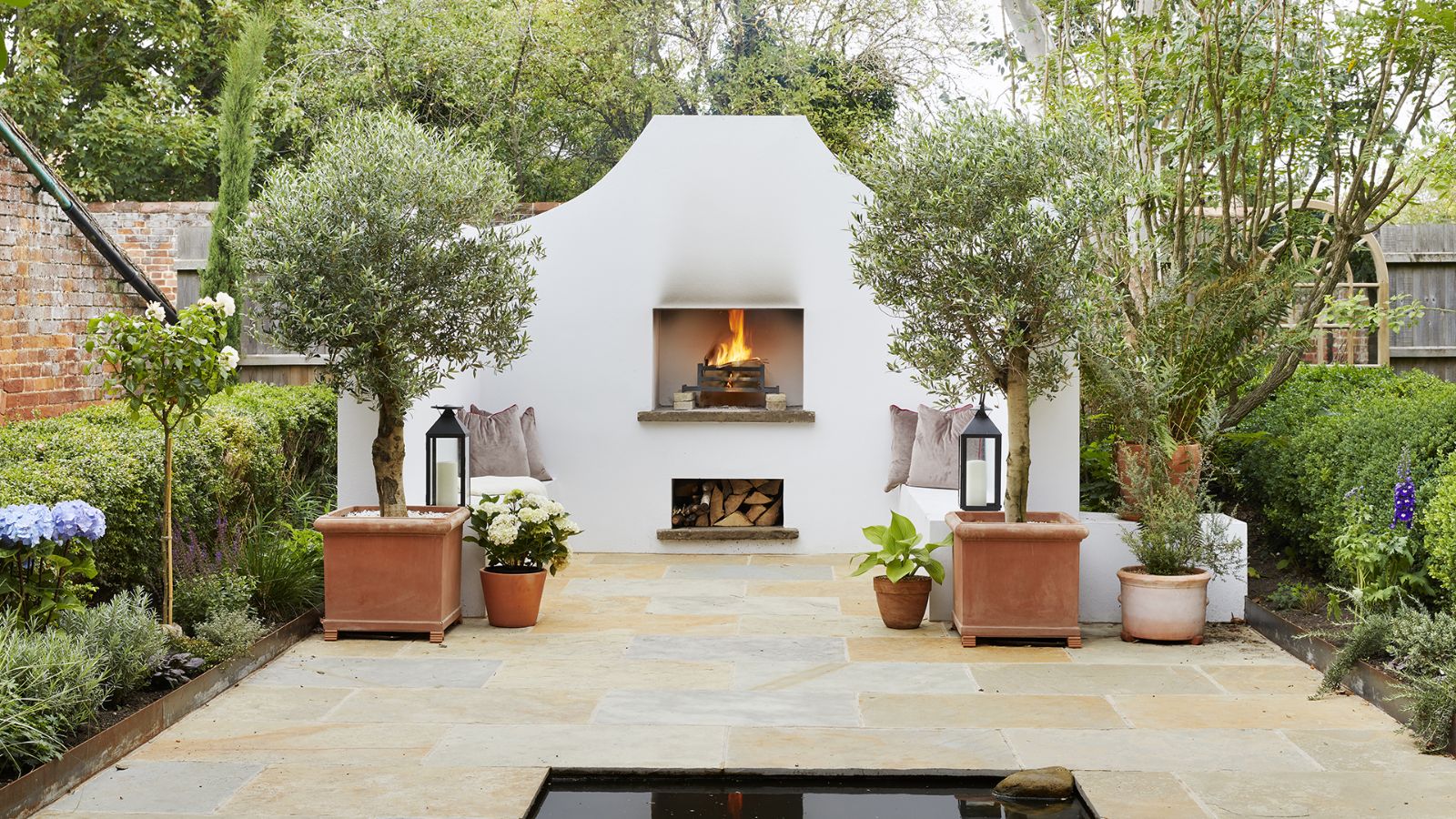
Even the very smallest of patio painting mistakes can completely disrupt the look and feel of your yard, which is why it's so important to get it right when sprucing up your outdoor space.
From applying paint too thickly on pavers to using the wrong products entirely, painting experts stress the importance of prepping the area before getting started.
Here, they share the five mistakes to avoid when painting a concrete patio, and tips for a luxe finish.
5 patio painting mistakes
1. Ignoring surface prep
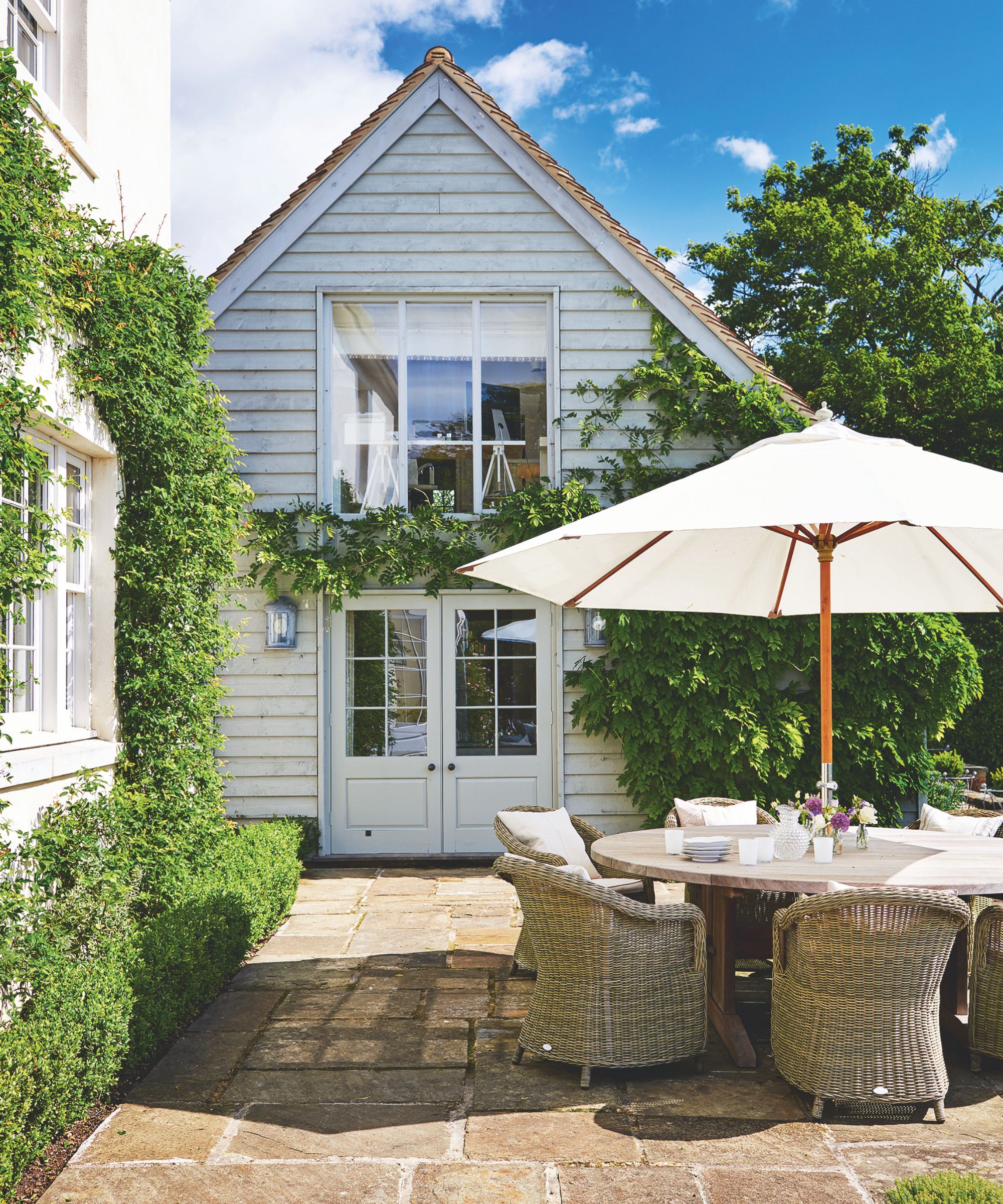
For painted patio ideas, Carr Lanphier, CEO at Improovy, stresses, 'Properly cleaning and preparing your surface is going to be paramount.
'I do see this mistake pretty frequently, where an enterprising DIYer will paint their patio without preparing their surfaces, and end up with a patchy paint job that peels after just a few months.'
As an outdoor area, it's obvious that you can expect lots more dirt and general grime than indoors, so Carr recommends pressure washing your patio with a low setting to clean just about everything, including walls, decking, railings, and trim.
'If you don't have access to one, you can always just use a sponge, some gentle dish soap, and some elbow grease,' he adds. The Palmolive Ultra Pure + Clear Liquid Dish Soap available at Walmart is ideal for this, with a 100% biodegradable formula that's free of phosphates and parabens.
You should also take the time to get rid of moss on your patio, as well as any mold, which is one of the things people with clean patios always do.
Erik Harris, franchise owner and general manager of CertaPro Painters of Needham, MA, explains, 'Patios are notorious for collecting more mildew and dirt due to their proximity to the ground and the presence of moisture.
'A good power wash with an enzyme solution/bleach added to remove all this is critical to ensuring a good bond between the paint/stain and the substrate.'
This should also help to remove any old grease or flaking paint, which may prevent the paint from adhering properly. As Anthony Kulikowski, owner of Five Star Painting in South Bend, IN, a Neighborly company, adds, 'Proper cleaning, scraping, and sanding are essential.'
2. Not using the right products
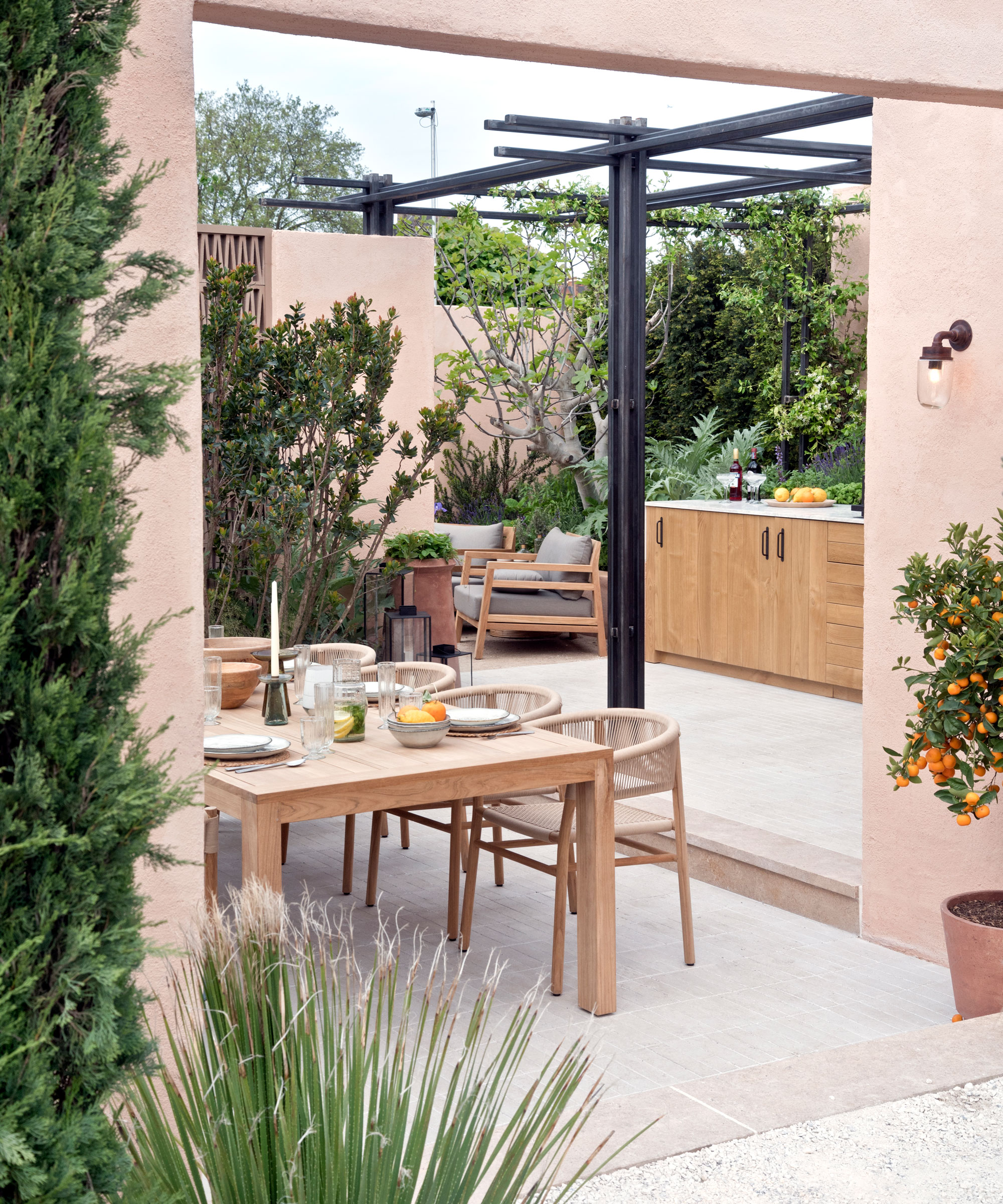
Whether you're a DIY expert or new to painting and decorating, Erik warns that often, skipping hiring a professional without researching enough can lead to products peeling on your patio, and the finish failing prematurely.
'Understanding the type of surface your patio is made of, or what was last applied to the surfaces, is critical,' he stresses. 'In general, wood decks typically require stains, whether oil-based or latex, whereas concrete patios can be either a porch enamel paint or concrete stain, depending on the previous coating and usage of the patio.
'I recommend wood decks get either the Woodluxe® Exterior Stain line available at Benjamin Moore, or the SuperDeck Exterior Waterborne Solid Color Deck Stain available at Sherwin-Williams.
'Concrete patios would be either the concrete enamel from one of those manufacturers or the INFUSION® REACTIVE CONCRETE STAIN available at H&C in higher-wear areas.'
As Anthony adds, most importantly, it's crucial to use a durable, weather-resistant made made specifically for patios to prolong the life of your paint job and prevent needing to fix peeling paint.
3. Applying paint too thickly

One of the main reasons you may be left wondering 'Why is my deck paint peeling' is simply that the paint is applied far too thickly. The same, therefore, applies to your patio.
'Heavy coats can lead to drips, uneven drying, or cracking over time,' warns Anthony. 'Thin, even layers are much better.'
For this, we recommend using a high-quality paint roller, such as the Mister Rui Foam Paint Roller Kit available at Amazon, which features high density foam and a sturdy roller frame.
4. Painting in the wrong weather
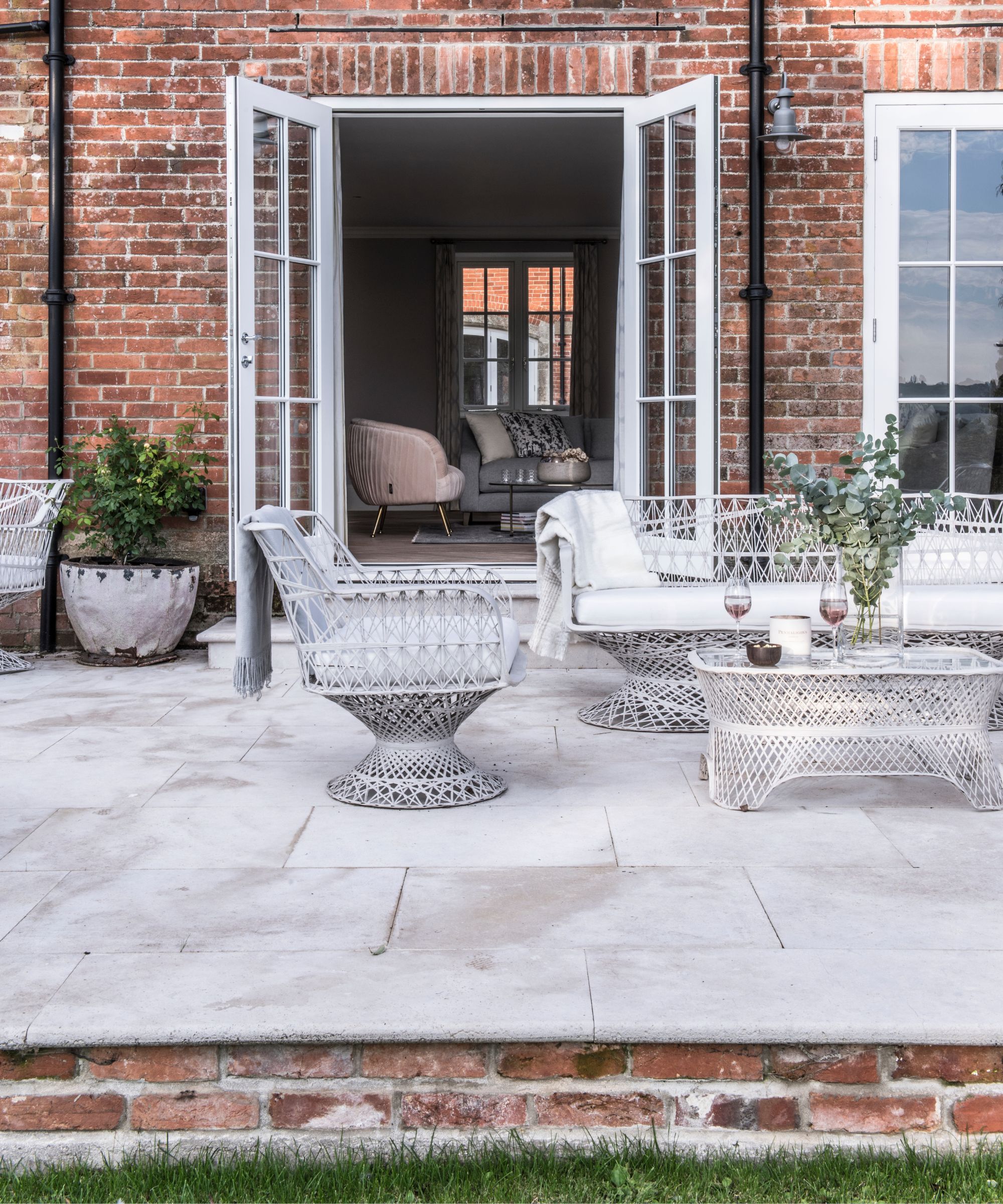
According to paint expert Erik, 'This is the single biggest mistake people make when painting a patio,' so it's imperative to get it right.
'They often read on the can that most exterior paint is suitable down to 35 degrees,' continues Erik. 'This is true, but patios take much longer to dry out early and late in the season.
'In New England, I personally don't start patio projects for approximately a month after we begin exterior work, and stop them a month before we conclude exterior work.
'The reason behind this is that you are asking for problems with the moisture content being too high and because the temperatures early and late in the season are not sustainable all day long. This represents a significant risk of premature failure.'
In particular, while indoors, you may be looking for ways to make paint dry faster; the opposite can usually be said outside. Pick too sunny a day and your paint will dry unevenly. On the other hand, pick a wet day, and your paint will appear streaky and discolored. For the best results, opt for a warm yet cloudy day and prepare to be patient.
The best time to paint a house exterior is in the spring and fall, so bear this in mind before embarking on your patio project.
5. Not allowing proper curing time
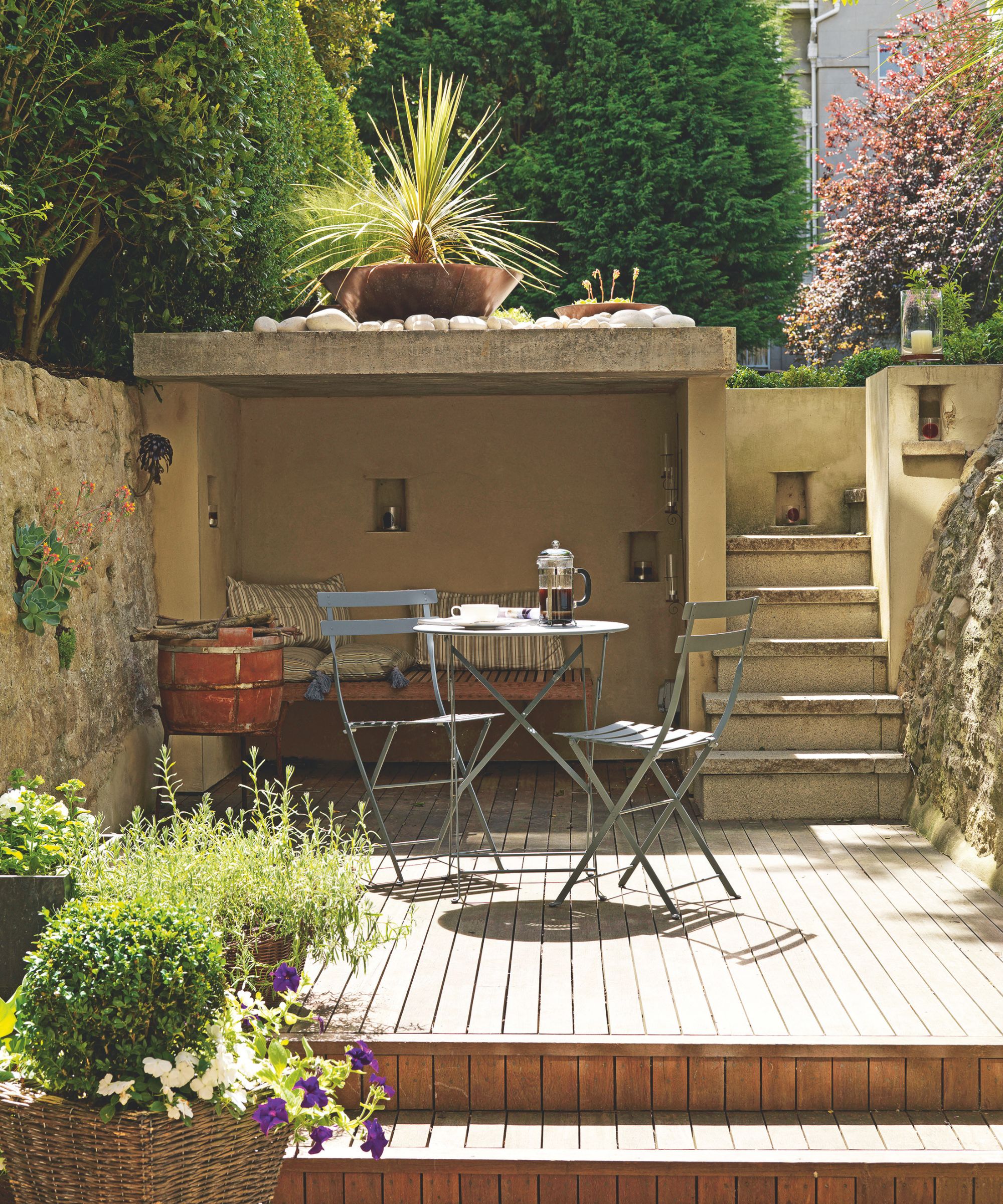
Similarly, you must allow your new patio paint job to dry thoroughly before touching surfaces.
Paint expert Anthony warns, 'Walking on or placing furniture on the surface before it’s fully cured can damage the finish.'
For this reason, plan to stay away from your patio for at least 48 hours after painting, and keep in mind that thin coats applied with a roller or brushes, such as the ValueMax 7PC Paint Brushes Set available at Walmart, will, of course, dry quicker. The same applies if you're wondering on the best way to paint doors.
What to shop
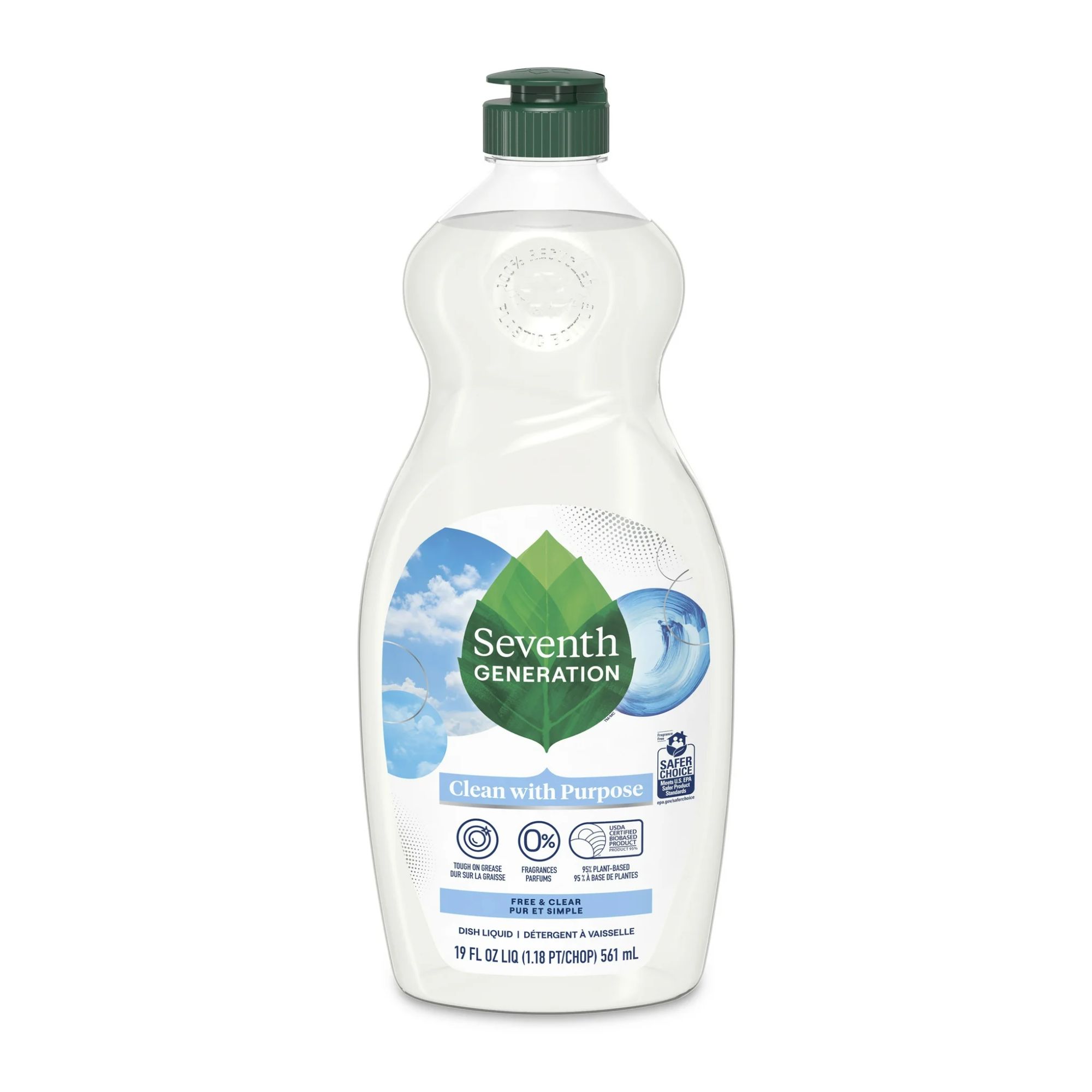
This liquid dish soap has no dyes or fragrances, and is both a EPA Safer Choice Certified and USDA Certified Biobased product, perfect for cleaning walls and surfaces without the risk of damage or discoloration.
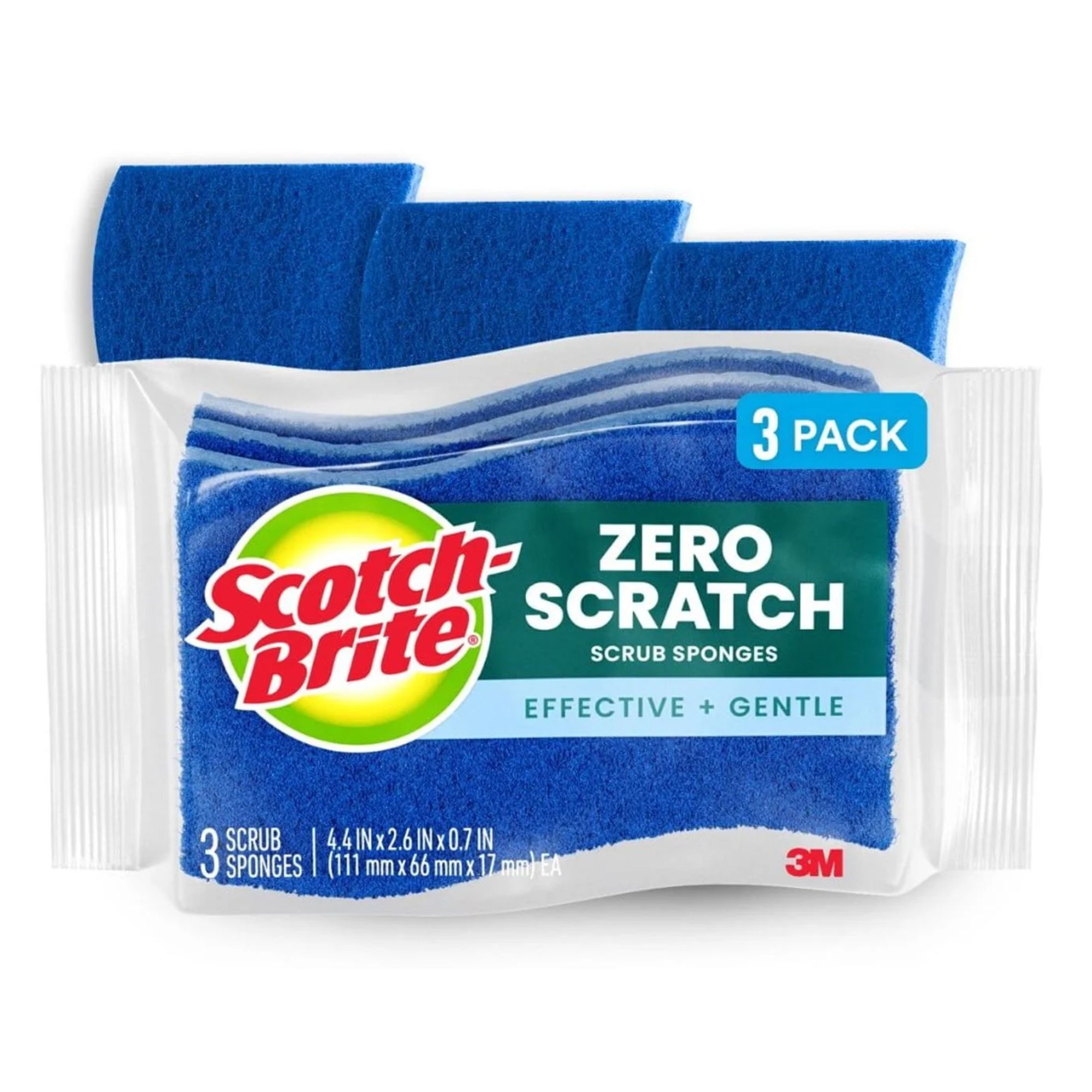
These scrubbing brushes are both effective yet gentle, useful for removing dirt and grime without scratching delicate surfaces like wood, concrete and metal.
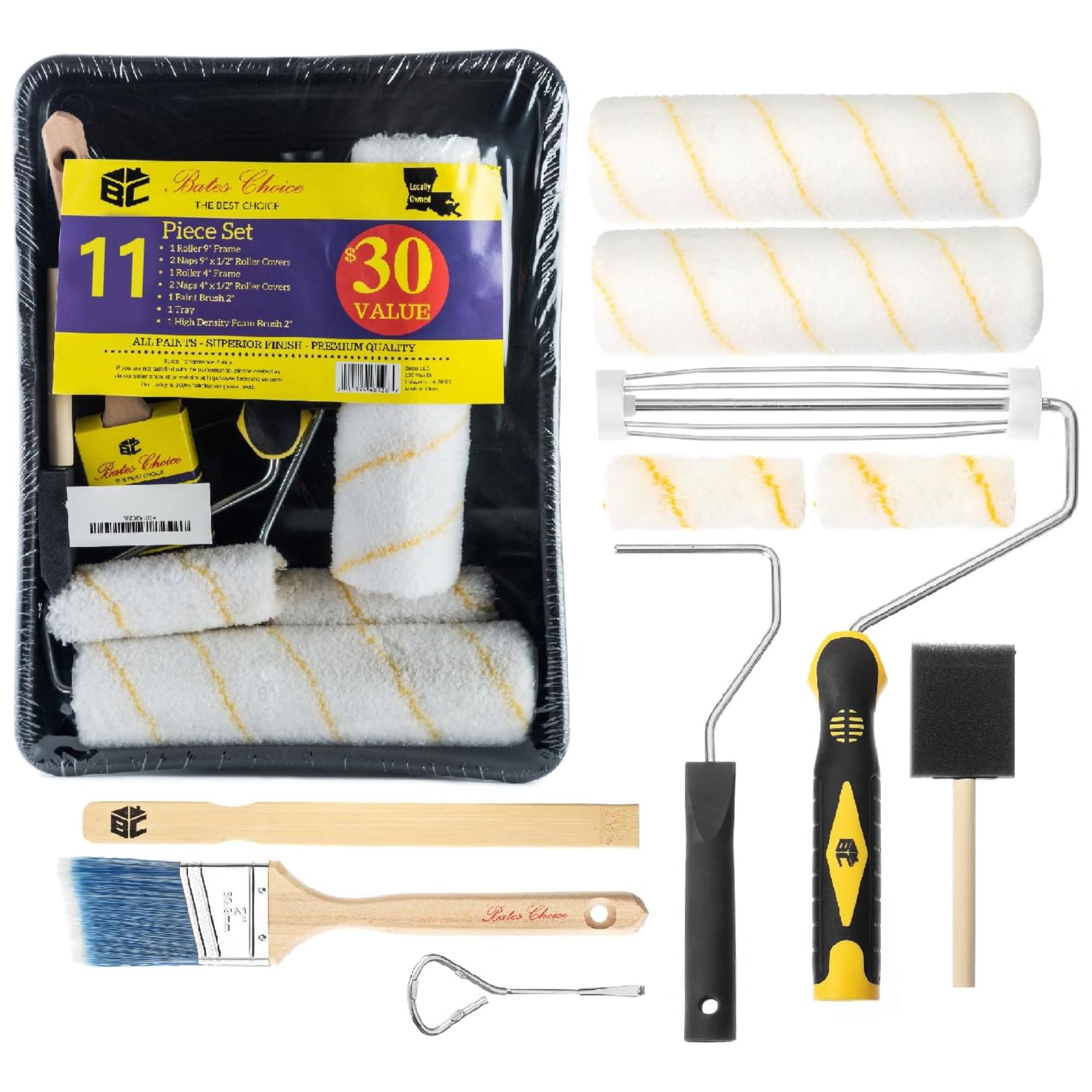
This professional quality painting set is affordable and effective, making it easy to get the job done quickly with a superior finish
Meet our experts
FAQs
Can you paint over old patio paint?
While you can paint over old paint, particularly if you just need to touch up paint on walls, but you must take suitable steps beforehand to ensure a long-lasting, durable finish. Most importantly, these will include prepping and cleaning the surface thoroughly before getting started.
Do I need to prime my patio before painting?
Contrary to popular belief, not all patio painting requires a primer. Check the manufacturer's instructions, and if one is required, make sure you know how many coats of primer you need, apply them thinly, and allow them to dry properly before painting over the top.
Along with avoiding any patio painting mistakes, getting clued up on the patio cleaning mistakes to avoid will make maintaining a welcoming outdoor space easy.







